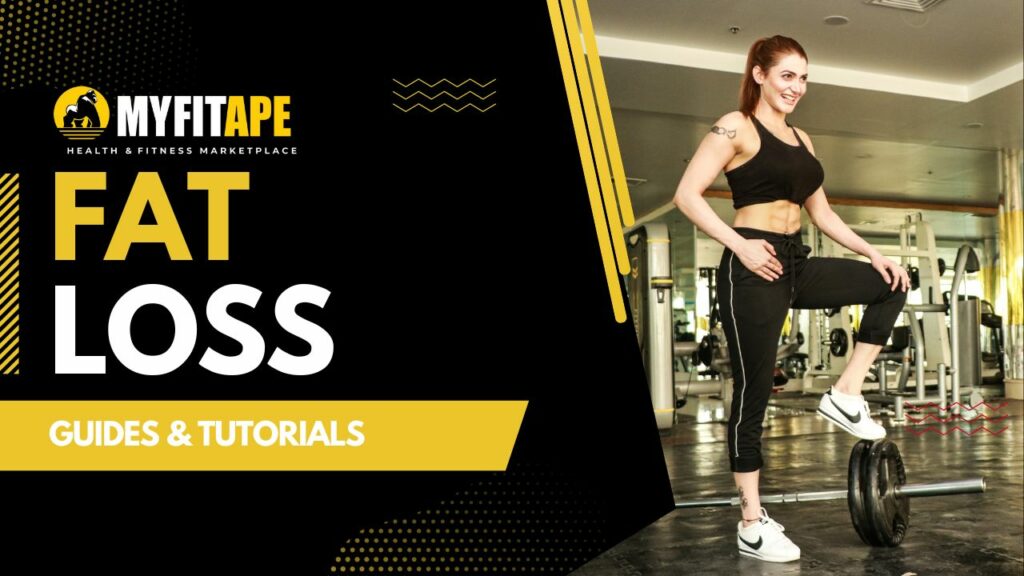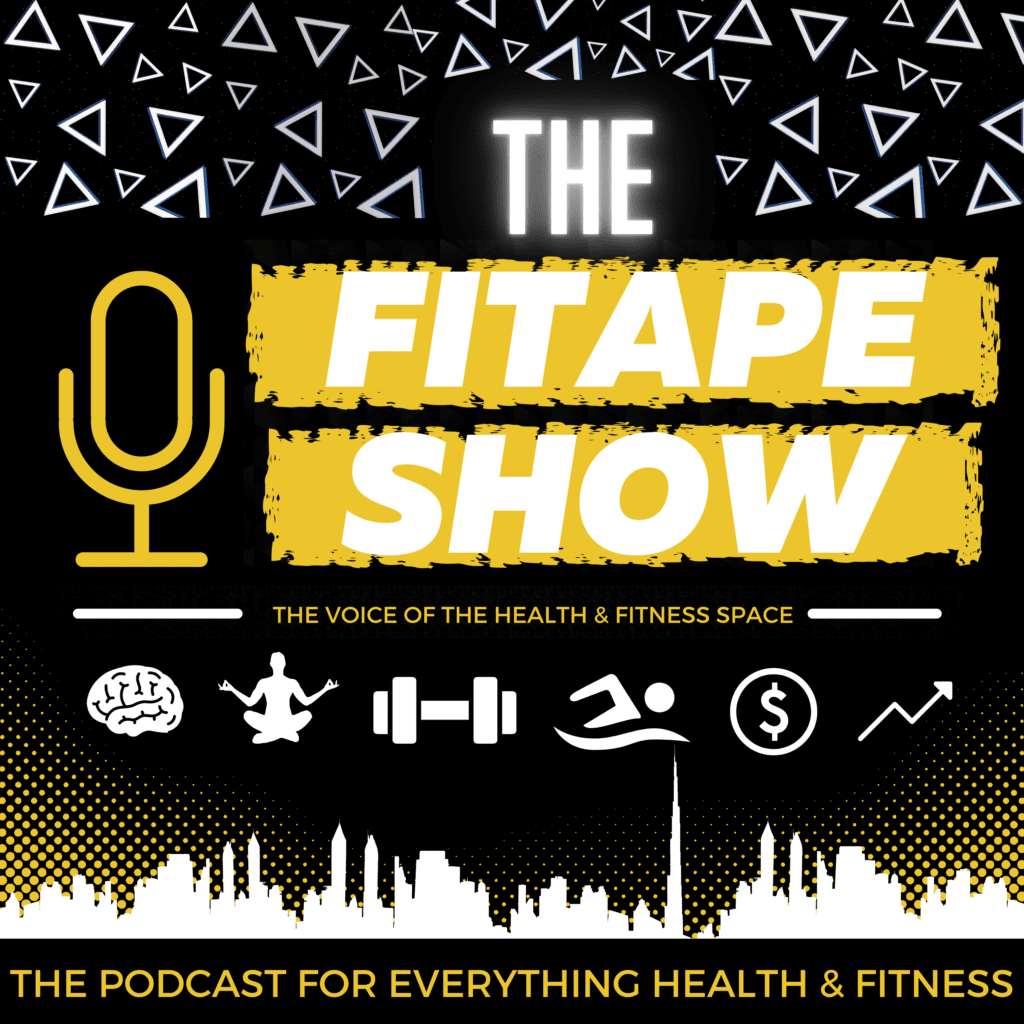Introduction
Lifting weights is a great way to burn fat and build muscle. When done correctly, it can help you reach your weight loss goals faster and more effectively. This guide provides an overview of the elements of a successful weight loss workout plan and its accompanying FAQ section.
Overview of Program
Workout Schedule
Creating a routine is a key component of any good weight-loss workout plan. Make sure you are consistent and you will see results. Create a workout schedule that includes resistance training at least 3 times a week and cardio at least 2 times a week.
Warm Up
Before beginning any type of workout routine, it’s important to take some time for a warm-up. A few minutes of light cardio (jogging, biking, jumping jacks, etc.) is an effective way to get your heart rate up and make sure your muscles are warmed up.
Strength Training
Strength training exercises are an important part of any weight loss plan. Choose a range of different movements that work all major muscle groups, and remember to challenge yourself with heavier weights and more challenging exercises as your strength increases. Make sure to include exercises such as squats, lunges, and deadlifts that target large muscle groups and help to increase your resting metabolic rate.
Cardio
Cardio is a great way to boost your metabolism and burn fat. Aim for at least 20 minutes of continuous cardio per session and make sure to challenge yourself by gradually increasing the intensity. An effective cardio routine should include high-intensity interval training (HIIT), walking, running, swimming, or cycling.
Nutrition
A healthy diet is essential for any successful weight-loss plan. Eat a balanced diet of lean proteins, healthy fats, whole grains, fruits, and vegetables. Reduce or eliminate processed foods, sugary snacks, and alcohol. Take the time to plan and prepare meals each day so you don’t fall into unhealthy eating habits.
FAQ
Q. How often should I workout?
A. Aim for at least 3 times a week of resistance training, and 2 days a week of cardio. Create a schedule that works for you and stick to it.
Q. What are the most important exercises for fat loss?
A. Squats, deadlifts, and lunges are all important exercises, as they target large muscle groups and help to increase your metabolic rate. However, any form of resistance training or cardio can be beneficial.
Q. How long should I warm up for?
A. It is recommended to take a few minutes for a warm-up before any type of workout. Aim for light cardio, such as jogging, biking, and jumping jacks, for about 5-10 minutes.
Q. Is nutrition important for fat loss?
A. Absolutely! Along with a regular exercise routine, eating a balanced diet of lean proteins, healthy fats, and lots of fruits and vegetables is an essential part of any good weight-loss plan. Avoid processed foods, sugary snacks, and alcohol.





